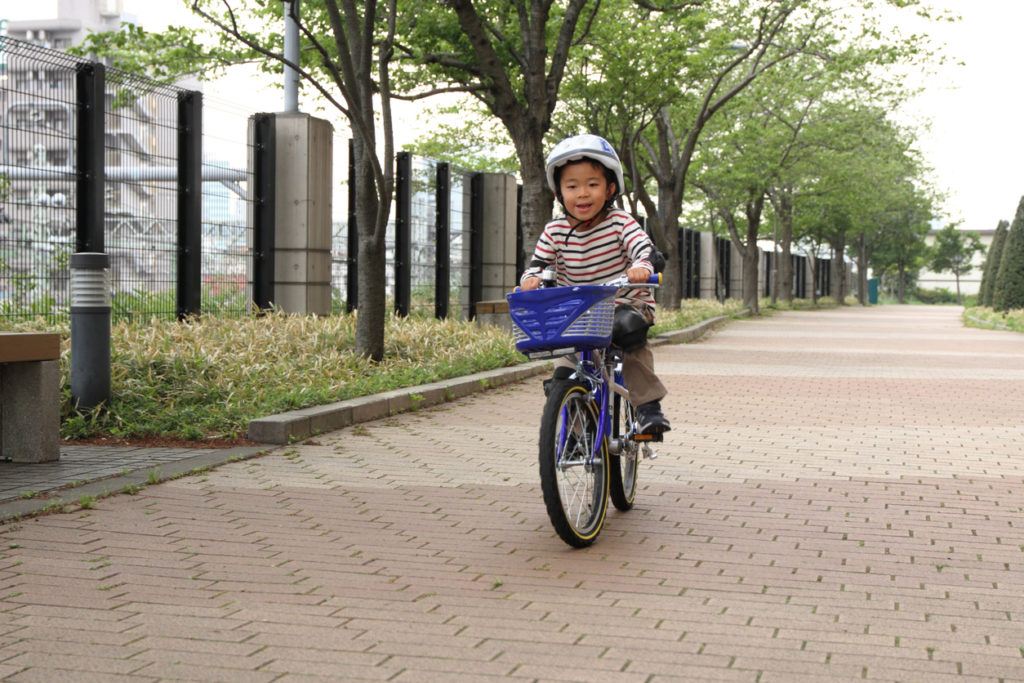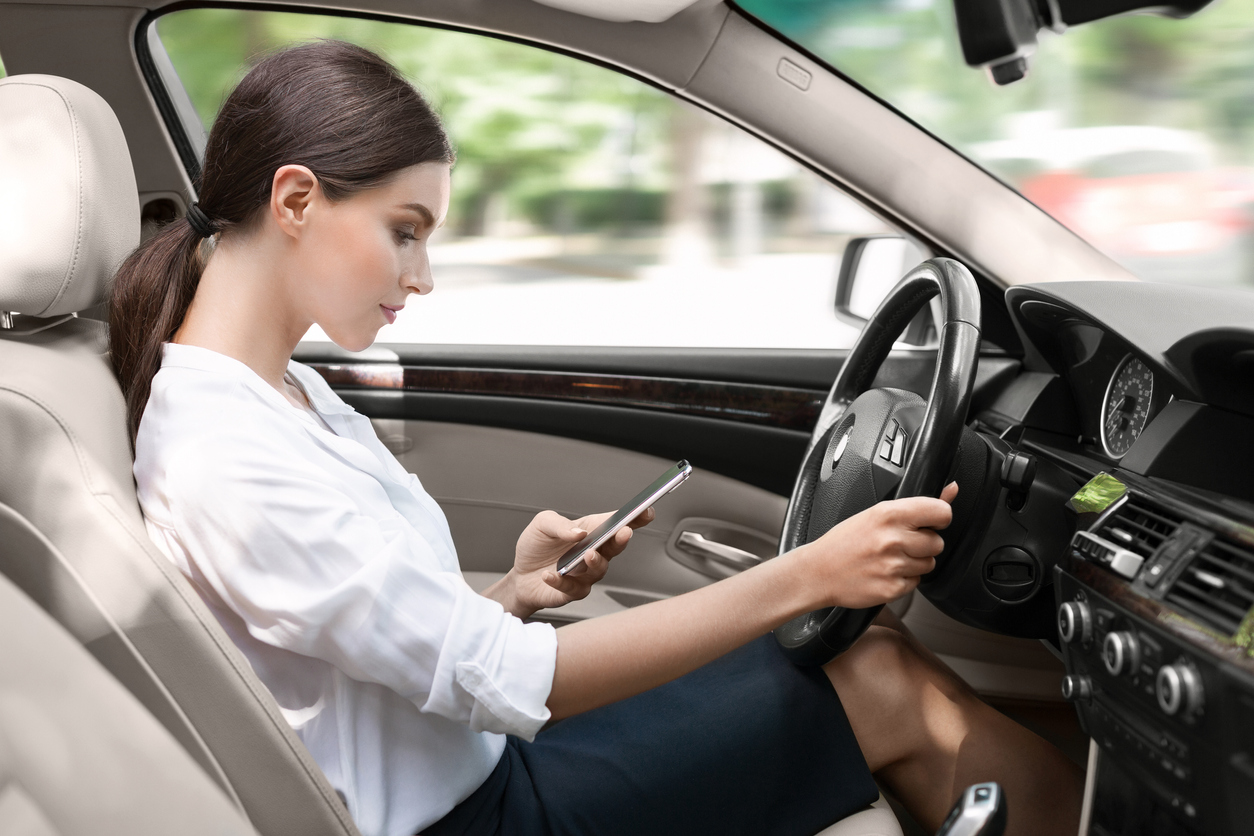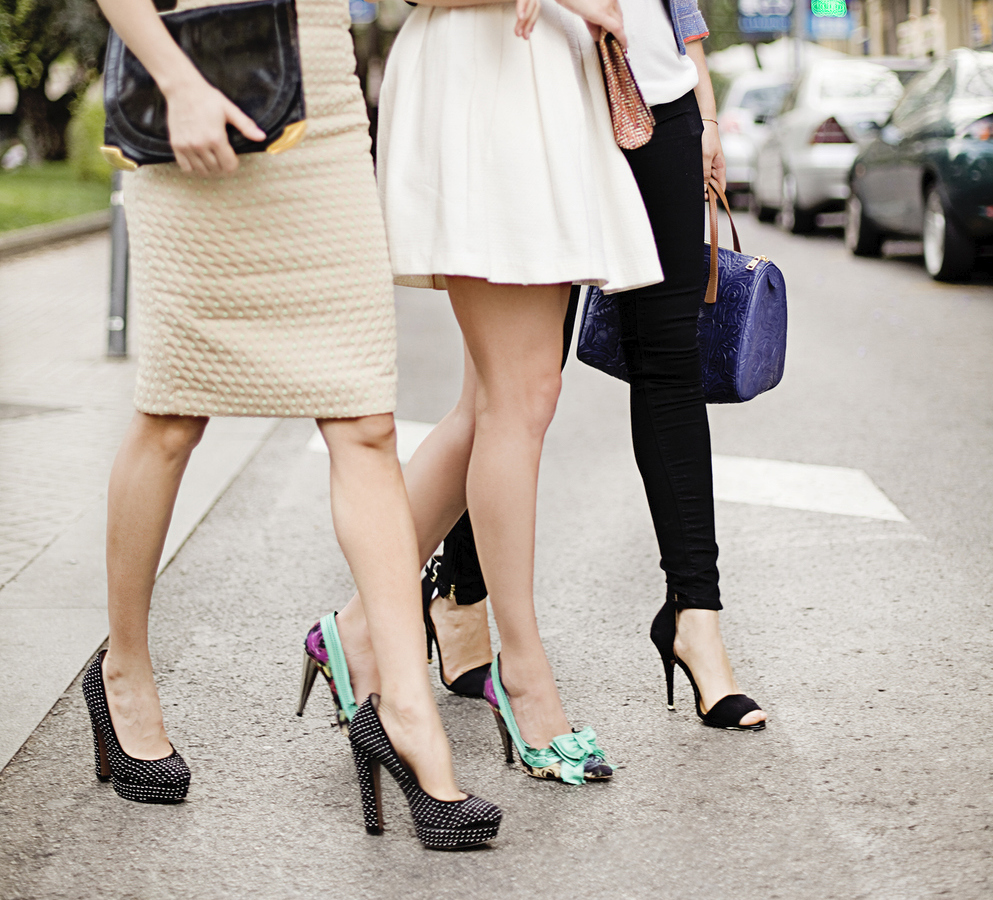Four Japan Road Laws You Probably Didn’t Know
How to stay safe while walking, cycling, and driving in Japan
Navigating road regulations to ensure you and your family stay safe while on the move is important if you’re going to call Tokyo home.
Living in Tokyo gives residents ample opportunity to adopt new daily habits. For some, it’s exploring the city on foot. For others, it’s cycling to work or driving to accommodate the school run or weekend getaways.
The ability to walk, cycle and drive in Japan offers endless possibilities to make the most of what the country has to offer, but it also comes with challenges.
Whether you’re a recent arrival or a long-term stayer, Savvy Tokyo introduces four road laws that you should know.
You cannot use a cellphone while driving
The penalties for using a cellphone while driving in Japan were toughened in December 2019.
In 2018, the number of traffic accidents caused by mobile devices rose to 2,790—double that of 10 years ago, according to the National Police Agency. The figures prompted Japan to tighten up the Road Traffic Law and increase penalties imposed on breaking it.
As of Dec. 1, 2019, drivers are prohibited from holding cell phones to talk, send emails or play games. You also cannot look at onboard TV or car navigation systems for prolonged periods.
In 2018, the number of traffic accidents caused by mobile devices rose to 2,790—double that of 10 years ago.
If you’re using a GPS for directions, you’re only allowed to look at it while stopped at a red light or in a traffic jam. Either that or pull over to take a glance at your directions.
Drivers found in violation of this law can face a fine between ¥6,000 and ¥18,000. They will also receive three points against their driver’s license. If you’re deemed to have caused “danger in traffic,” things get even worse as you’ll get six points, resulting in a suspended license!
Bicycles are not allowed on the sidewalk
We’ve definitely seen both Japanese and foreigners breaking this rule, but cycling on the sidewalk is actually illegal past a certain age.

Technically, only children under 13-years-old can ride their bike on pedestrian sidewalks.
Only children under the age of 13 are allowed to ride a bicycle on the sidewalk, unless the circumstances are considered unavoidable, such as when there’s roadwork.
If there is no bicycle lane, cyclists should ride on the road, keeping to the left and traveling with the flow of traffic. Of course, always yield to pedestrians. At all times cyclists should obey the rules of the road and use lights on their bicycles at night.
You can be fined for jaywalking
Unlike in the United Kingdom, for example, where pedestrians are free to make their own judgment on whether it’s safe to cross the road, Japan has strict laws on jaywalking.
The penalties for ignoring traffic signals, including pedestrian crossing lights, are up to three months in prison and a fine of ¥50,000. That’s quite a lot of money to pay just for crossing the street, so it’s better to just follow the rules!
You cannot ride a bike home after drinking
In many ways, riding a bicycle is considered akin to driving a car in Japan. For this reason, it’s prohibited to ride a bicycle while under the influence of alcohol. Violating this one will get you up to five years in prison and a ¥1 million fine.
Talking on the phone, listening to music, and carrying an umbrella while cycling is also against the law, despite the number of people we see doing it daily!
Considering the amount of pedestrian foot traffic in Tokyo in general, riding your bicycle while drunk is just asking for an accident to happen.
For drivers and cyclists, intersections and junctions that involve a right turn are the most dangerous places where most accidents occur. All road users should pay extra attention at intersections with no traffic lights.
Considering the amount of pedestrian foot traffic in Tokyo in general, riding your bicycle while drunk is just asking for an accident to happen.
Stay protected with insurance
About 43,000 traffic accidents resulted in bodily injury in 2018, according to the General Insurance Association of Japan. Many of those affected suffered not only physically but also financially, due to liability.
There are many kinds of insurance that can protect users from this financial risk. In Japan, there are two main types of car insurance—compulsory automobile liability insurance (without which a driver can be fined heavily) and voluntary automobile insurance.

You may want to think about getting insurance to protect yourself and your property during a natural disaster.
The compulsory insurance covers bodily injury or death of a third party, while the voluntary insurance covers any damage that exceeds the value covered by the compulsory insurance. These include property damage liability, personal injury protection and damage to the person’s own vehicle coverage.
In short, drivers can choose from many options, but if you drive your own car or bicycle in Japan, it is recommended to get not only liability insurance but also optional insurance.
As Japan is susceptible to typhoons, earthquakes, tsunamis, and volcanic eruptions, many residents opt for additional property insurance.
For more information about insurance options and to find practical information about how to stay safe in Japan, visit: https://living-and-ins.jp/en/















Leave a Reply